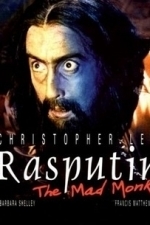
Hasidism: A New History
David Biale, David Assaf, Samuel Heilman and Moshe Rosman
Book
The first comprehensive history of the pietistic movement that shaped modern Judaism This is the...
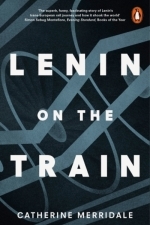
Lenin on the Train
Book
By 1917 the European war seemed to be endless. Both sides in the fighting looked to new weapons,...
History politics

Music and Soviet Power, 1917-1932
Marina Frolova-Walker and Jonathan Walker
Book
The October Revolution of 1917 tore the fabric of Russian musical life: institutions collapsed, and...
Matthew Krueger (10051 KP) rated Rasputin, the Mad Monk (1966) in Movies
Nov 10, 2020
The story is largely fictionalized, although some of the events leading up to Rasputin's assassination are very loosely based on Prince Yusupov's account of the story. For legal reasons (Yusupov was still alive when the film was released), the character of Yusupov was replaced by Ivan (Matthews).
Christopher Lee play as Grigori Rasputin, the Russian peasant-mystic who gained great influence with the Tsars prior to the Russian Revolution.
The emphasis is on Rasputin's terrifying powers both to work magic and to seduce women.
Rasputin the Mad Monk was filmed back-to-back in 1965 with Dracula: Prince of Darkness, using the same sets at Hammer's Bray Studios. Lee, Matthews, Shelley and Farmer appeared in both films. In some markets, it was released on a double feature with The Reptile.
It was the third collaboration between Christopher Lee and Don Sharp, following The Devil Ship Pirates and The Face of Fu Manchu.
Lee later said, "The only way you can present him is the way he was historically described. He was a lecher and a drunk, and definitely had healing powers. So he was a saint and a sinner... There were very few good sides to him. Rasputin is one of the best things I’ve done. "
"I think it's the best thing Chris Lee's ever done," said Sharp in 1992. "Rasputin was supposed to have had this ability to hypnotise people.
The original ending had the lifeless Rasputin lying on the ice with his hands held up to his forehead in benediction. However, it was considered controversial for religious reasons, and was removed. Stills of the original ending still exist.
Sharp says the final fight scene between Francis Matthews and Christopher Lee was greatly cut by Tony Keys when Sharp had to leave the film during editing. Sharp had greatly enjoyed the experience of making his first two Hammer films - Kiss of the Vampire and Devil Ship Pirates - but not Rasputin.
As a child in the 1920s, Lee had actually met Rasputin's killer, Felix Yusupov. In later life Lee met Rasputin's daughter Maria.
Its a good horror film.
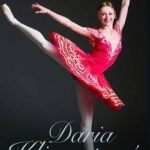
Daria Klimentova - Agony and Ecstasy: My Life In Dance
Daria Klimentova and Graham Watts
Book
Daria Klimentova has been one of Britain's best-loved ballerinas for two decades, having danced at...
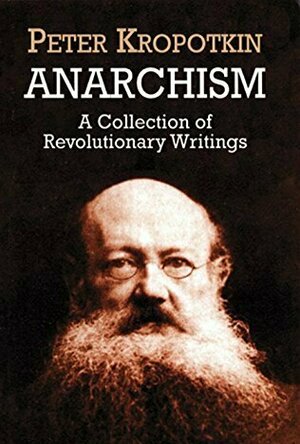
Anarchism: A Collection of Revolutionary Writings
Book
One of the few members of the Russian aristocracy to become a revolutionary, Prince Peter Kropotkin...

El Lissitzky
Book
El (Eleazar) Lissitzky (1890-1941) was a vital force in the revolutionary period in Russia. Having...
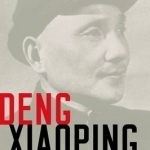
Deng Xiaoping: A Revolutionary Life
Alexander V. Pantsov and Steven I. Levine
Book
Deng Xiaoping joined the Chinese Communist movement as a youth and rose in its ranks to become an...
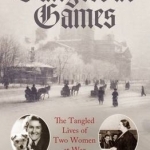
Dangerous Games
Book
"Dangerous Games" is the remarkable story of two cousins, Lisa Hill [1900-96] and Lily Sergueiew...
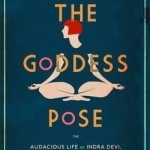
The Goddess Pose: The Audacious Life of Indra Devi, the Woman Who Helped Bring Yoga to the West
Book
When the woman who would become Indra Devi was born in Russia in 1899, yoga was virtually unknown...
